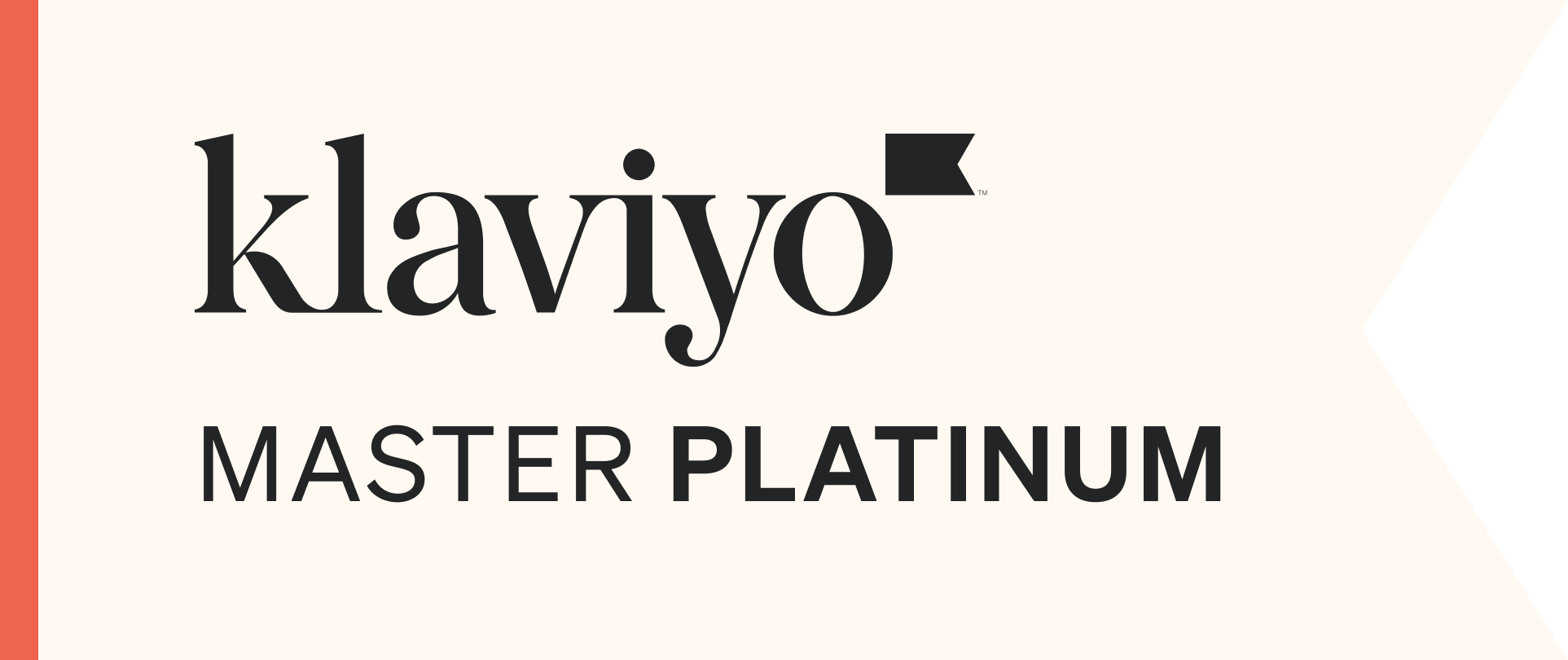By Alan Coleman on 14 Jun 2013
This week’s PPC Infographic of the Week comes from the good people at Pulpmedia in Austria. A few weeks ago we took at a look at an infographic on how the AdWords auction works. It’s something that people often get confused about, but understanding how Google decides where an ad is shown is essential in getting the most out of an AdWords campaign.
This week’s infographic again goes through the basics of the AdWords auction and explains the different factors involved in deciding the position of an ad. In this infographic, however, there is a real focus on the quality score metric. Quality score is Google’s way of rewarding relevant, well managed campaigns. Improving your quality score will allow you to spend less money on each click and show your ad in a higher position.
Ad extensions are a great way of making the most of your ad position. Not only do they give the user an opportunity to navigate directly to different parts of your website (Sitelinks) but they can also allow a user to call you directly (call extensions – these work great for advertising on mobile devices), or show the location of your business on Google Maps (Location extensions). Another great thing about ad extensions is simply how much of the SERP they take up. If you’re in position 1 and are using ad extensions your ad will actually appear bigger than usual and will push the ad in position 2 down the page. The upgraded ad extensions which came in with Google’s enhanced campaigns allow advertisers even more flexibility and control over their ad extensions and we can now optimise ad extensions more easily and get the most out of them.
The end of this infographic gives some tips on optimising your account. Highly targeted adgroups allow you to show the most relevant ad to each user, and allows you to keep an eye on exactly what’s working for you and what’s not. Some of the accounts we manage have over 5,000 adgroups, allowing us to target users with ads specific to their search. The more relevant the ad, the more likely someone is to click and convert.
A/B testing of ads is also something we do on an ongoing basis. Again, this allows us to use the top performing ad while constantly testing others to see if we can come up with something even better. Writing good adtext can be a tricky business, but through constant testing of different ads you can ensure you’re getting the most out of your AdWords account.
We have spent years building and refining a list of best practices and our own Wolfgang Formula. To see if we can help you get the most from your AdWords account, get in touch today!



.png)
.png)







_2025.png)

